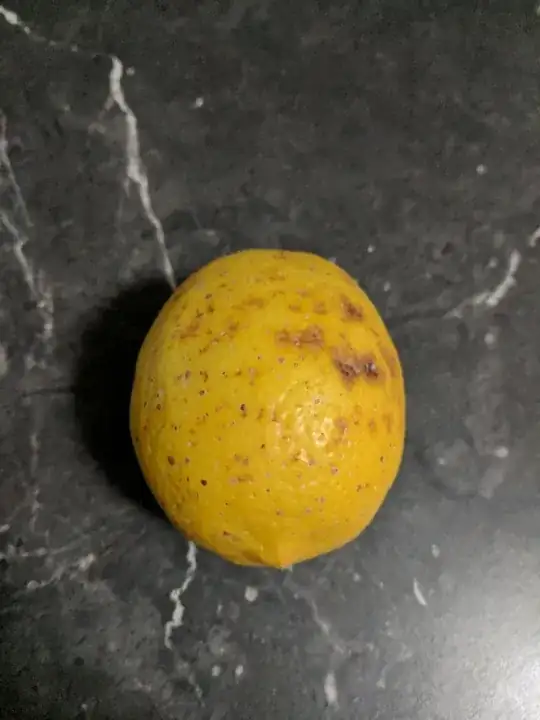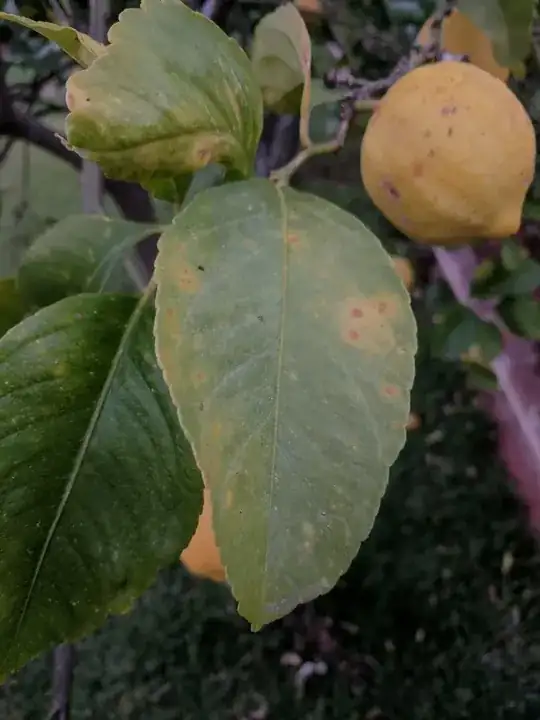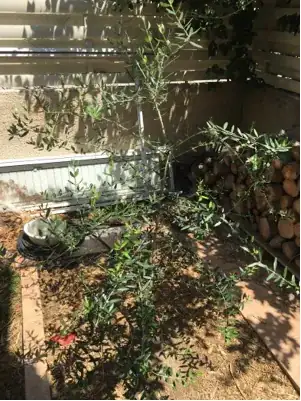I've got quite a few lemons covered in dark spots. They don't seem to go deep and the lemons don't seem to be spoiled inside. I've never picked lemons before, so I'm wondering - are they safe to eat?
(the spring just started here)
Requested follow-up: The tree looks mostly ok. There are few leaves which don't look healthy and they're mostly around the lemons with spots. The spots on the leaves look either very similar to the ones on lemons:
Or small white dots (mould-like?):
Otherwise it looks ok. Bark is fine and there are no persistent bugs that I can see around. Very few leaves have been nibbled on - likely a long while ago.



